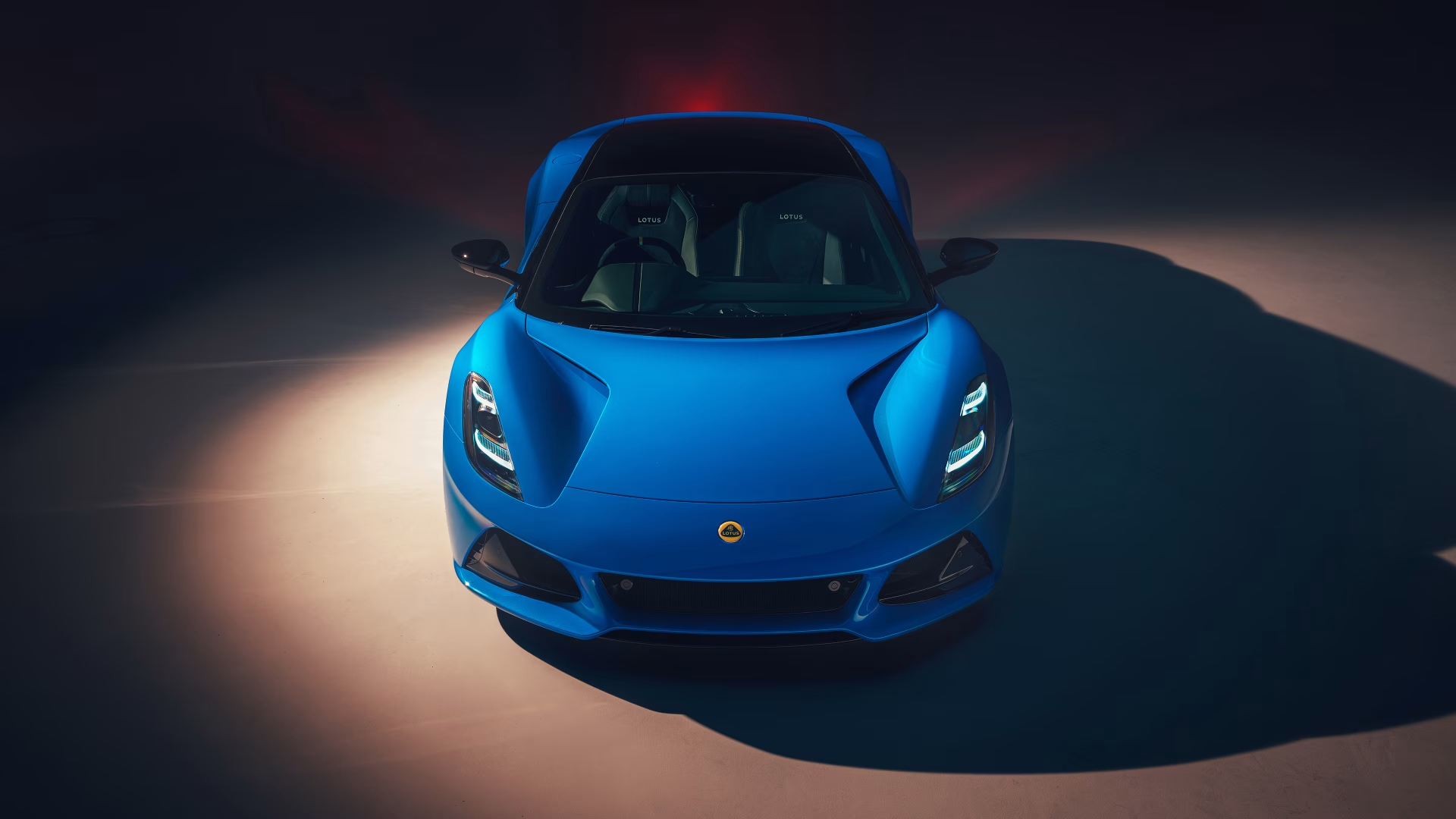Lotus: The Religion of Lightweight Performance
Lotus is not merely a car company; it is an engineering philosophy, a near religious devotion to a singular principle laid down by its brilliant and innovative founder, Colin Chapman: Simplify, then add lightness. For over 70 years, from a small workshop in Hethel, England, this small British manufacturer has consistently created some of the most revered and best handling sports cars in the world. A Lotus is not about brute force; it is about the purity of the driving experience, a telepathic connection between driver, car, and tarmac that is achieved through obsessive lightweighting, brilliant chassis tuning, and an unwavering focus on what truly matters: the drive.
The Genesis: The Vision of a Restless Innovator
Founded in 1948 by the legendary Colin Chapman, Lotus Engineering began as a small operation building race cars in a lock up garage. Chapman was a genius of automotive design, constantly pushing the boundaries of what was possible in suspension, chassis, and aerodynamic design. His innovations were so profound that they changed the face of motorsport, from sports car racing to Formula 1, where Team Lotus won seven constructors' championships. This race bred DNA has been at the very core of every single Lotus road car ever produced.
Core Philosophy: Performance Through Low Weight
While other manufacturers chased ever higher horsepower figures, Chapman and Lotus pursued a different, more intelligent path. The core philosophy has always been that a lighter car is a better car in every conceivable way. A lighter car can accelerate faster, stop shorter, and corner harder using the same amount of power. This focus led to groundbreaking innovations like the first composite monocoque chassis in Formula 1 and the revolutionary bonded aluminum chassis of the Lotus Elise. A Lotus is designed to feel like an extension of the driver's own nervous system, a nimble and responsive machine that communicates every nuance of the road surface.
The Icons of Hethel: A Legacy of Pure Driving Machines
Lotus's history is a hall of fame of some of the greatest driver's cars ever conceived, each a testament to the brand's core philosophy.
The Beginning: The Seven and the Elan
The Lotus Seven (1957-1972) was the genesis, a minimalist, road legal race car that was the purest expression of the brand's ethos. Its design was so perfect that it continues to be built today under license by Caterham. In the 1960s, the Lotus Elan was a revelation. This tiny, featherweight roadster with its fiberglass body and brilliant backbone chassis is still regarded as one of the best handling cars of all time. It was so influential that it served as the dynamic benchmark for the original Mazda MX-5 Miata.
The Supercar Era: The Esprit
The Lotus Esprit (1976-2004) was the brand's stunning, wedge shaped entry into the supercar world. Penned by Giorgetto Giugiaro, its folded paper design became a global icon when it transformed into a submarine in the James Bond film 'The Spy Who Loved Me.' Over its long life, the Esprit evolved from a nimble four cylinder car into a fire breathing, twin turbo V8 giant killer, all while retaining the brilliant handling that defined the brand.
The Modern Renaissance: Elise, Exige, and Evora
In 1996, Lotus shocked the world again with the Lotus Elise. Its groundbreaking bonded and extruded aluminum chassis was a marvel of lightweight engineering, delivering a level of feedback and agility that was simply unmatched. The Exige was its hardcore, track focused siblingâa raw, uncompromising machine built to dominate corners. The Evora was the more mature, 2+2 grand tourer of the family, a car that offered a more comfortable and practical experience without sacrificing the sublime handling that is the brand's signature.
The New Chapter: An Electrified Future
Under the stewardship of Geely, Lotus is undergoing a radical transformation, applying its core philosophy to a new generation of high performance electric vehicles.
The Final Overture: The Emira
The Lotus Emira is the brand's final internal combustion engine sports car, a glorious farewell to the past. It is a stunning junior supercar that distills all the lessons learned from the Elise, Exige, and Evora into the most accomplished and usable road car Lotus has ever built. It is a masterpiece of driving dynamics and a fitting tribute to the brand's heritage.
The Electric Revolution: Evija and Eletre
The future of Lotus is electric and audacious. The Lotus Evija is a near 2,000 horsepower all electric hypercar, a technological statement of intent. The Lotus Eletre is the brand's first ever Hyper SUV, a bold and controversial move that aims to blend Lotus's legendary handling with everyday usability and cutting edge EV technology. These vehicles are designed to rocket the historic British brand into a new, sustainable, and high performance future.
